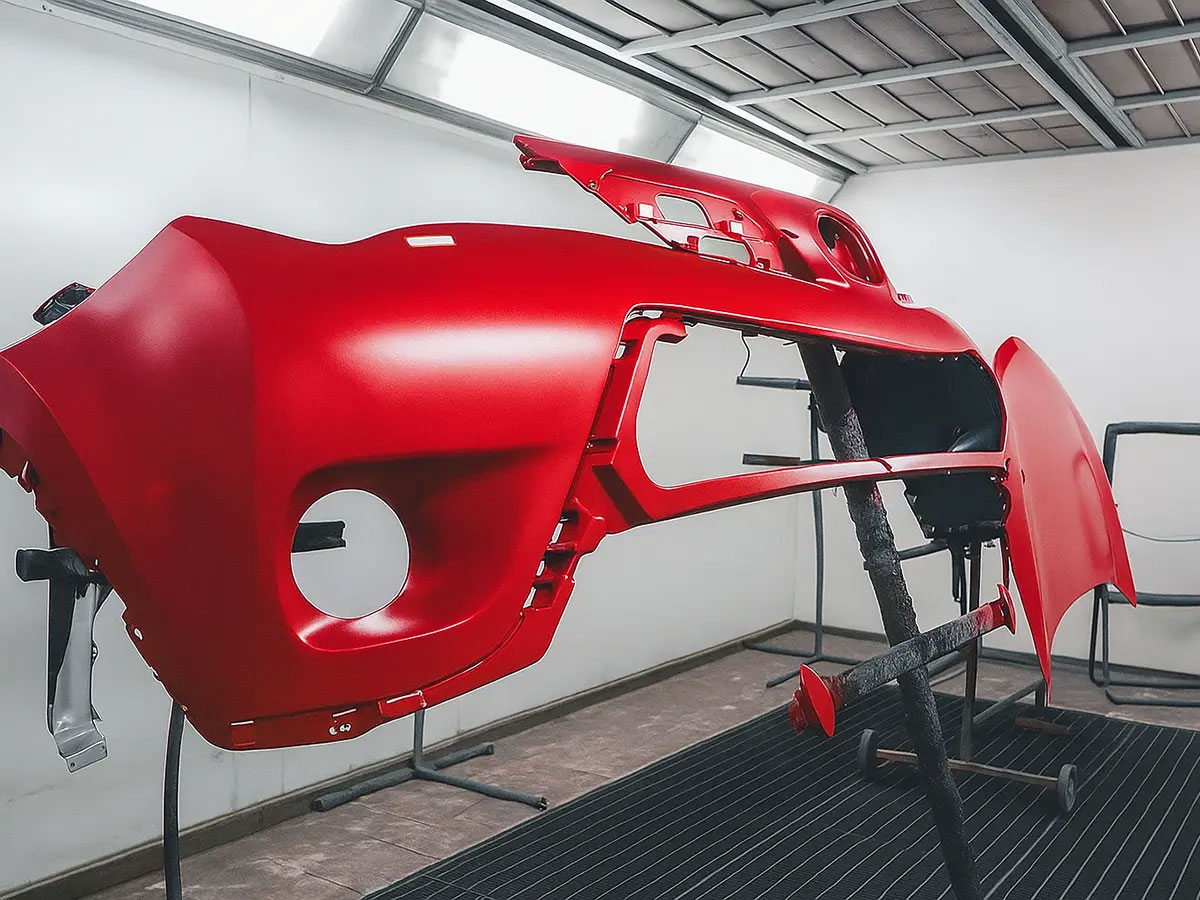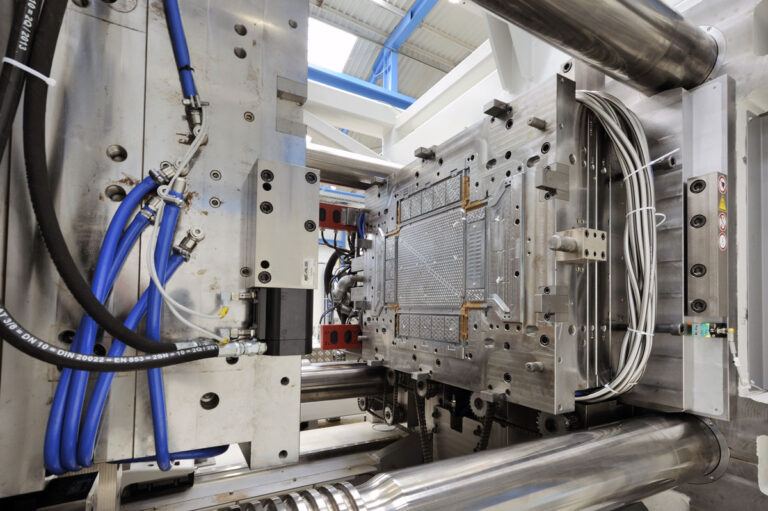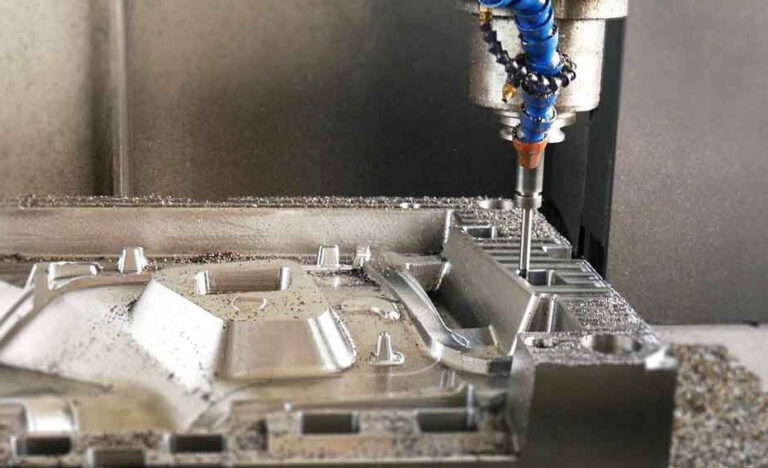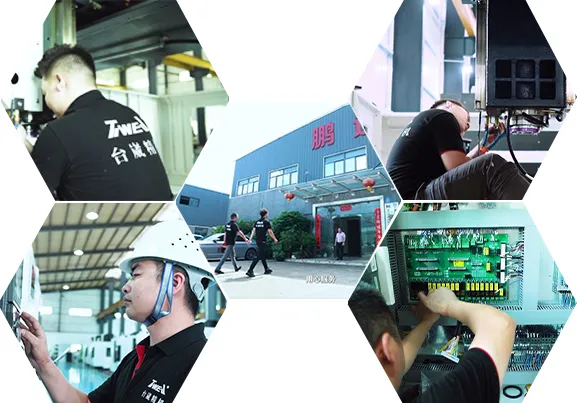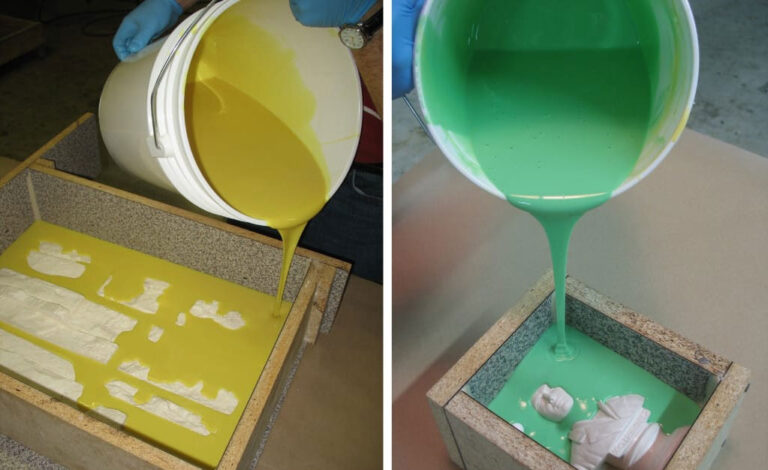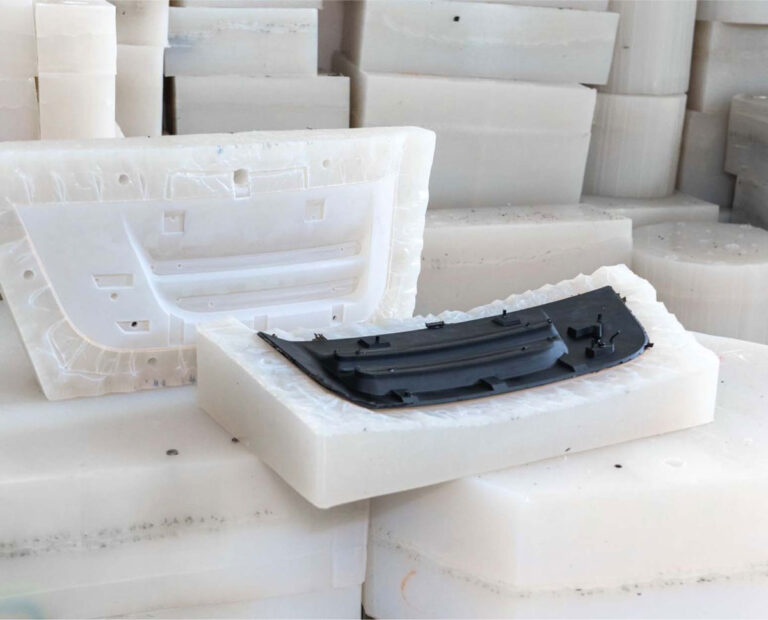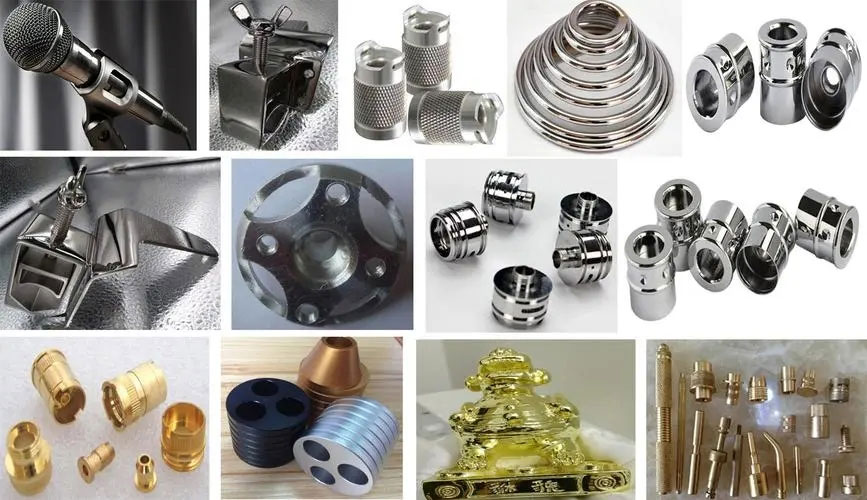
When making prototypes, some customers choose electroplating, while others opt for painting. What are the differences between these two processes? And how should we choose between different materials? Below are some insights summarized by Gaofeng Prototyping, which we hope will be helpful.

Different principles:
Electroplating is the process of depositing a metal coating on the surface of metal or other materials using the principle of electrolysis. This is usually done by using the workpiece to be plated as the cathode. Under the action of direct current, the metal ions are reduced to metal on the cathode surface and deposited to form a coating.
Spray painting is the process of atomizing the paint through a spray gun so that it adheres evenly to the surface of the object to form a paint film.
Different materials:
Electroplating uses metal salt solutions such as nickel salts, chromium salts, etc.
Spray painting uses various types of paints, including water-based paint, oil-based paint, etc.
Different effects:
The coating formed by electroplating has good metallic luster, hardness and wear resistance, and can improve the corrosion resistance and appearance quality of parts.
The paint film formed by spray painting can provide rich colors and decorative effects, and can also play a certain protective role, but it is usually not as good as electroplating in terms of hardness and wear resistance.
Cost varies:
Generally speaking, the cost of electroplating is relatively high, especially some special electroplating processes.
The cost of painting is relatively low, but if high-quality painting effects and complex processes are required, the cost will increase.
For example, some car parts, such as wheels, are often electroplated to increase their beauty and corrosion resistance; while the car body is mostly painted to achieve various colors and appearance effects.
